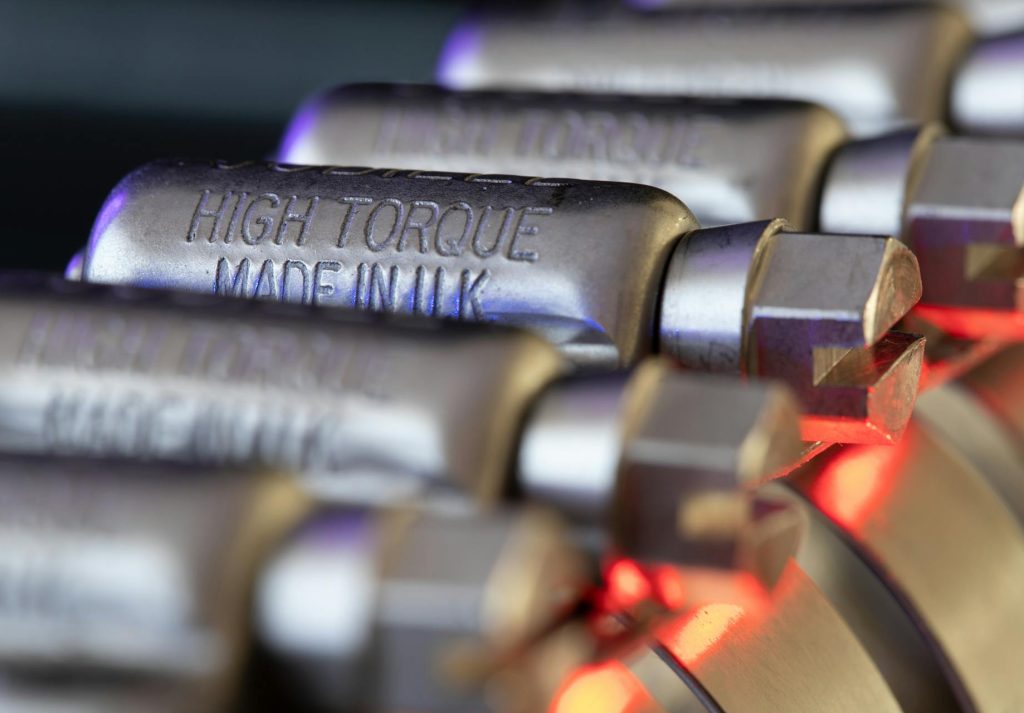Manufacturing output across all English regions and devolved nations has, for the first time, risen above 2019 levels, according to the latest Regional Manufacturing Outlook report published today by Make UK and BDO.
Drawing on a range of official data, the annual report analyses the performance of manufacturing across the UK by examining output, employment, sector strengths, export activity, and trade trends.
Strongest growth in the South West and North West
The report, which uses data up to the end of 2023—the most recent available—shows a nationwide recovery in manufacturing, with some regions surging well ahead of pre-COVID benchmarks. The South West led the way with output 27% higher than in 2019. The East of England followed with a 21% increase, while the North West posted a 20% rise.
Make UK attributed this regional growth to increased activity in the aerospace and defence sectors, spurred by large-scale aircraft orders and heightened defence spending across Europe. These industries dominate regional output in both the South West and North West, accounting for 25.8% and 23.5% respectively. The North West also benefited from a rebound in automotive production, which had previously slumped during the pandemic.
Uneven growth highlights emerging regional divide
While the nationwide recovery marks a significant milestone, experts warn of growing disparities between regions. Make UK’s Senior Economist, Fhaheen Khan, noted that the pace of recovery varies depending on regional sector strengths.
“It’s taken some time and some regions are moving faster than others, but we’re hopefully putting the post-COVID malaise behind us,” said Khan. “However, the data also signals an emerging divide between regions that host high-investment subsectors and those that don’t. As Local Growth Plans evolve—many with Advanced Manufacturing at their core—the Government must ensure that investment and opportunity are spread evenly.”
Manufacturing employment on the rise—but not everywhere
The sector also saw employment gains, with 12,000 new manufacturing jobs created in the year to March 2024, bringing total employment in the sector to just under 2.6 million. However, this growth was uneven across the UK. Wales and the East Midlands each lost 12,000 jobs, while the West Midlands and East of England each gained close to 10,000.
Richard Austin, Head of Manufacturing at BDO, emphasised the resilience of the sector in the face of pandemic-era challenges.
“Manufacturing endured grounded flights, disrupted supply chains, and reduced demand. To see the sector bounce back so strongly reflects the grit of the industry and the strength of the regional ecosystems that support it,” he said. “But to sustain this momentum, manufacturers need more than recovery—they need ongoing investment in innovation, design, and skills across the UK.”
Export trends reveal risks and dependencies
The report also sheds light on shifting trade patterns. A key concern is the uneven exposure of UK regions to the United States market, particularly in light of the ongoing threat of US tariffs. The West Midlands stands out, with 26% of its exports bound for the US, driven largely by the automotive sector. The East of England (22%) and London and the South East (18%) also maintain significant trade ties with the US.
At the same time, exports to the EU continue to decline across all regions. Wales remains the most EU-dependent, with 61% of its goods headed to the bloc. This figure is down from roughly 75% in 2020, highlighting a sharp reduction in EU trade over the last few years.
For more articles like this, visit our Leadership channel




